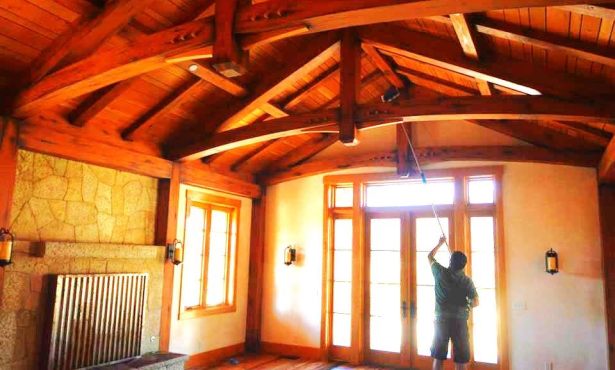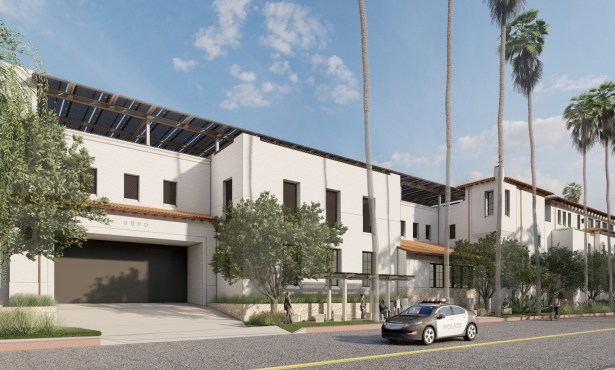What Will Happen to Office Buildings?
Adaptive Reuse Could Ease Housing Crunch

When we think of U.S. cities, we usually visualize a skyline of high-rise office buildings, the places where white-collar workers congregate to run our economy. These towers provide homes to businesses large and small, where workers enjoy the advantages of close proximity: the ease of collaboration, the overheard conversations that lead to a better idea, the sense of camaraderie and working toward a common goal.
Today there are roughly four billion square feet of office space in the U.S. These buildings constitute about 29 percent of all commercial real estate in our country (the rest is in apartments, hotels, retail, and industrial buildings). They are worth about $1.7 trillion, and they have been contributing to local property taxes since their construction. All new office building constructioncontributes upward of $150 billion per year, nearly one percent to the U.S. gross domestic product in 2018.
At this moment of COVID-19 quarantines, very littleof our four billion square feet of office space is being occupied. Most white-collar workers are in their homes, using amazing new software that allows them to easily share documents and communicate in “face-to-face” meetings.
Get the top stories in your inbox by signing up for our daily newsletter, Indy Today.
But what will happen after the pandemic, when we find it is safe to return to those offices? Will all office workers want to be there 40 hours a week, as before? With our months of practice with remote work and the need for companies to tighten their belts, I suspect that many companies will embrace working from home as an efficient and cost-effective way to carry on, and employees will enjoy the reduction of commuting time. Some firms may give up common office space altogether and operate as “virtual offices”; many more may encourage part-time remote work and thus reduce the office square footage needed.
If and when this shift happens, there will be a glut of vacant office space and less need for new office buildings. What will happen to these buildings, their property tax contributions, and the legions of architects, engineers, and builders that make them happen? The most likely answer is that they will transition to housing. According to the National Apartment Association, the U.S. will need 4.6 million new apartment units by 2030. Some of this nearly four billion square feet of new housing that’s needed can be converted from the newly surplus office space.
The construction industry will be harnessed to make this transition. It will take the creativity of architects to turn these buildings into attractive living spaces, with good light, ventilation, and energy efficiency. There will be technical obstacles, but they are all solvable; “adaptive reuse” has been going on with retail building for years. Converting all or parts of office buildings into housing is in step with the recently increased desire of many people to live in vibrant downtowns, and the new residents will contribute to this scene. Instead of empty streets at night and on weekends, downtowns with more residents will be more animated, contributing to increased business for restaurants, shopping, and entertainment. As a bonus, those living downtown will no longer have to endure long commutes.
There is the potential for a win-win here. We can use technology to improve office efficiency and reduce commuting. We can update and inhabit unused office buildings, maintain the tax base, and enhance lively downtowns. Anyone want to live in the Granada Building?
Architecturally Speaking is written by members of the American Institute of Architects’ Santa Barbara chapter.
Every day, the staff of the Santa Barbara Independent works hard to sort out truth from rumor and keep you informed of what’s happening across the entire Santa Barbara community. Now there’s a way to directly enable these efforts. Support the Independent by making a direct contribution or with a subscription to Indy+.



